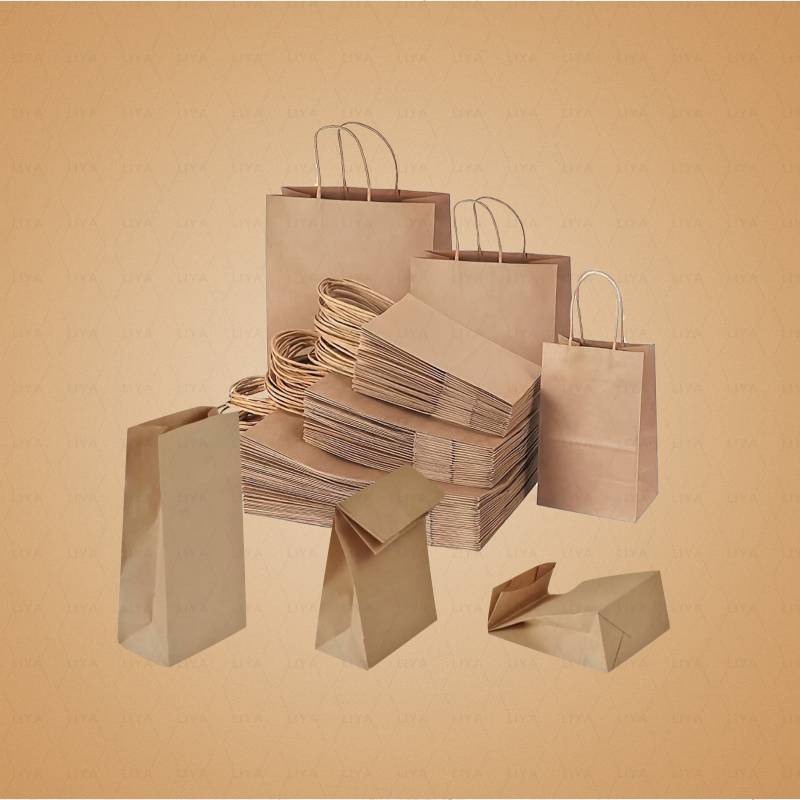paper packaging for food products
The Evolution and Sustainability of Paper Packaging for Food Products
In recent years, the food packaging industry has seen significant transformation, particularly with the increasing emphasis on sustainability and the reduction of plastic waste. Among various packaging materials, paper has gained traction as a favorable alternative due to its biodegradability, renewability, and versatility. This article explores the evolution of paper packaging for food products, its environmental benefits, and the challenges and innovations within the industry.
The Historical Context of Paper Packaging
Paper packaging for food can be traced back centuries, with early uses in wrapping and preserving food items. Traditional paper was often derived from wood pulp, making it a natural and often affordable solution for packaging needs. However, with the advent of plastic in the mid-20th century, paper packaging faced significant competition due to the lightweight, waterproof, and durable qualities of plastics. This shift led to a decline in the use of paper packaging, despite its environmental benefits.
In recent years, a renewed interest in paper packaging has emerged, driven by the global movement toward sustainability and reducing environmental impact. As consumers become more environmentally conscious, food brands are increasingly prioritizing eco-friendly packaging solutions. This pivot has reignited the relevance of paper as a primary packaging material.
Environmental Benefits of Paper Packaging
One of the standout features of paper packaging is its environmental friendliness. Paper is sourced from trees, which are renewable resources, and its production processes have seen significant improvements in terms of sustainability. Modern paper manufacturing often incorporates recycled materials, thereby contributing to a circular economy. Unlike plastic, which can take hundreds of years to decompose, paper typically breaks down within months under appropriate conditions, reducing landfill waste.
Moreover, paper packaging is generally less harmful in terms of pollution. When exposed to sunlight and rain, paper products degrade naturally, whereas plastic can leach harmful chemicals into the environment throughout its prolonged lifespan. Additionally, many paper products can be easily recycled or composted, further mitigating their ecological footprint.
paper packaging for food products

Challenges in Paper Packaging
Despite its many benefits, paper packaging is not without challenges. One of the main concerns is its ability to preserve food safety and extend shelf life. Food packaging must meet rigorous health standards to prevent contamination and spoilage. While innovations in barriers and coatings have improved the protective qualities of paper, they often introduce materials that may not be biodegradable.
Moreover, the sourcing of raw materials must also be done sustainably. Unsustainable logging practices can lead to deforestation and other environmental issues. Therefore, it is crucial for companies to source paper and cardboard from certified forests, ensuring responsible management of tree harvesting.
Innovations in Paper Packaging
Fortunately, the industry has seen numerous innovations aimed at overcoming these challenges. Advances in technology have led to the development of plant-based coatings and barriers that enhance the performance of paper packaging while still remaining eco-friendly. These innovations make it possible for paper products to compete effectively with plastic options in terms of durability and moisture resistance.
Furthermore, the rise of smart packaging technology is beginning to make its way into paper packaging. Enhanced with QR codes and NFC chips, these innovative solutions can provide consumers with information about product freshness, sourcing, and enabling traceability. This technological integration appeals to a generation of consumers looking for transparency in the products they purchase.
Conclusion
The shift back towards paper packaging reflects a broader societal commitment to sustainability and environmental stewardship. While challenges remain in creating optimal barriers and sourcing practices, the advancements in technology and materials design indicate a promising future for paper packaging in the food industry. As consumers continue to demand more sustainable options, paper packaging stands out as a viable solution that balances functionality with ecological responsibility. Through continued innovation and commitment to sustainability, the food industry can foster a packaging revolution that aligns with global environmental goals.
-
The Best Uses for Small Trash Bags in Daily LifeNewsJul.01,2025
-
Stylish Reusable Grocery Bags TrendsNewsJul.01,2025
-
Shipping Advantages of Using Bubble Envelopes BulkNewsJul.01,2025
-
How Compostable Mailing Bags Reduce Environmental ImpactNewsJul.01,2025
-
Environmentally - Friendly Bulk Poly MailersNewsJul.01,2025
-
Eco Friendly Custom Laminated Tote BagsNewsJul.01,2025
-
Have the freedom of customizing your custom mailers any way you want! Our dedicated packaging support will help deliver you the mailing experience you need to elevate your shipping experience to the next level! Start making a strong impression on your customers and stand out from your competitors! -
LIYA uses high quality raw materials which directly purchased from large enterprises domestic and overseas such as PetroChina, Sinopec, Sabic, Equate, ExxonMobil, Dow Chemical, Total, and Borouge, ensuring the price advantage and quality of the raw materials. -
LIYA uses high quality raw materials which directly purchased from large enterprises domestic and overseas such as PetroChina, Sinopec, Sabic, Equate, ExxonMobil, Dow Chemical, Total, and Borouge, ensuring the price advantage and quality of the raw materials.





